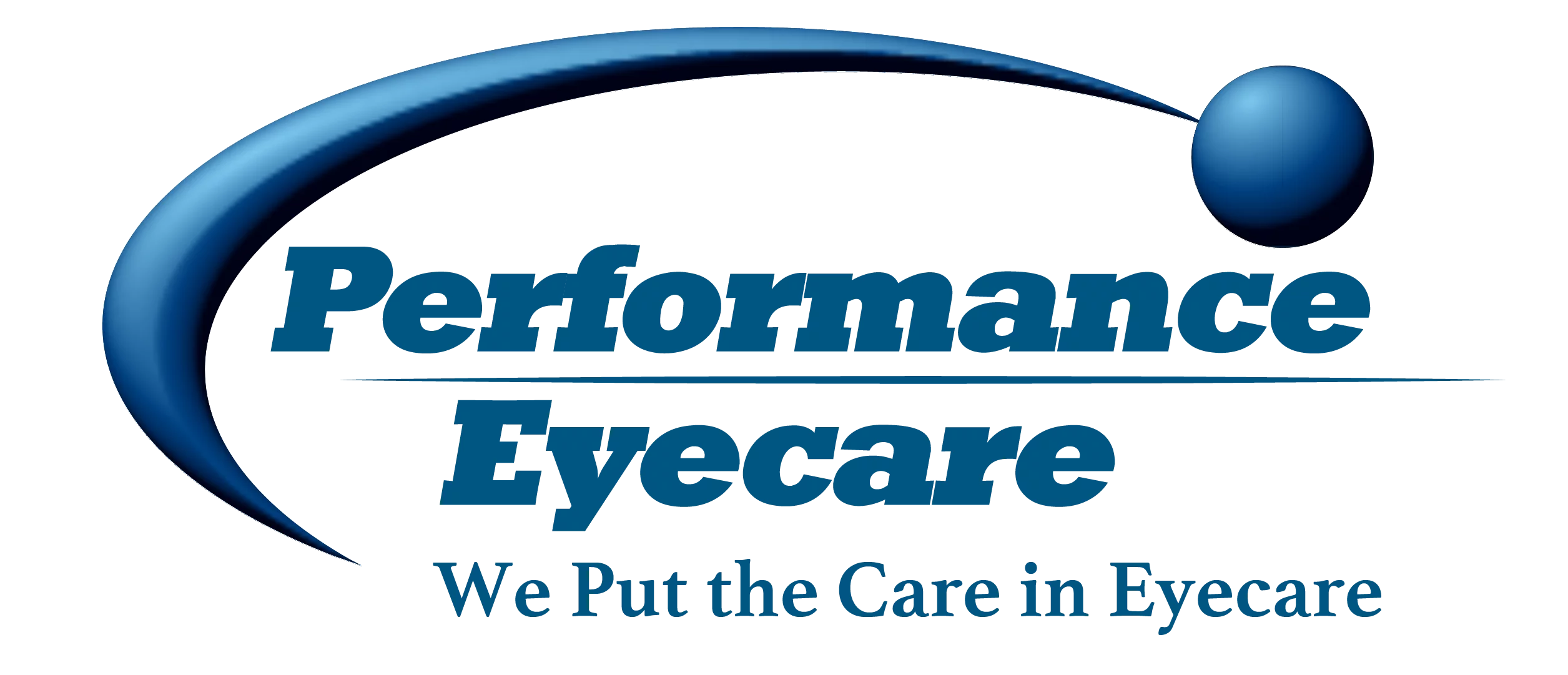The 7 Must-Know Tips For Purchasing Glasses for Your Child
Buying your child’s first pair of glasses can be a very exciting time, but it can also become a confusing and very overwhelming endeavor if you’re not certain what to look for. After all, there are so many choices available out there when it comes to eyewear that it’s nearly impossible to choose the perfect … Read more
